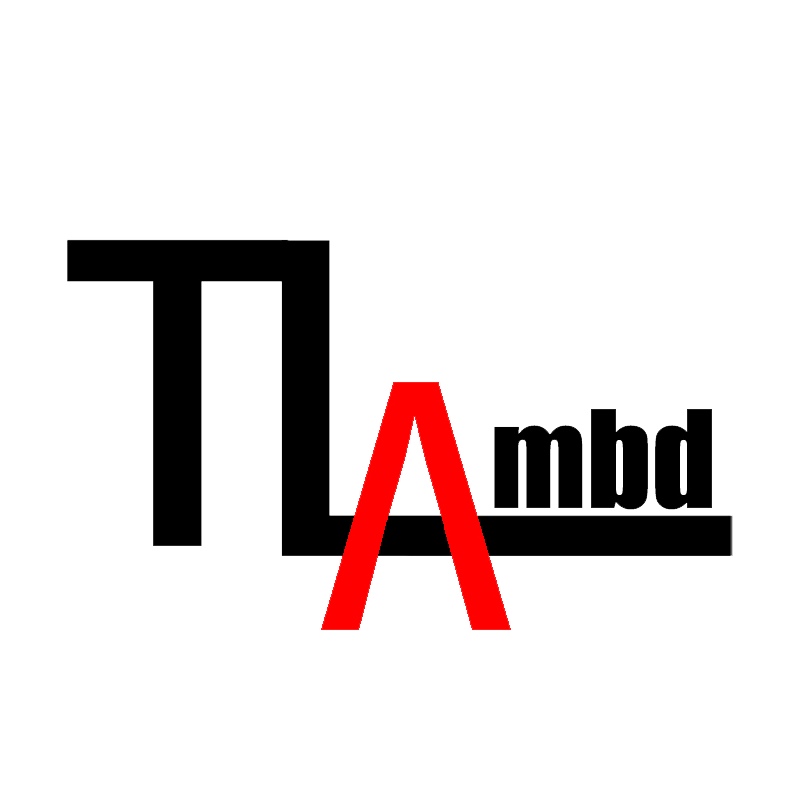Analysis of policies in China's laser marking equipment industry and a panoramic view of the upstream and downstream industrial chain in 2025.
Laser marking equipment, as an important application area of the laser industry, has a development history of several decades. Currently, most laser marking equipment companies in China have mastered laser marking technology and have secured a place in the global market. At the same time, with the development of industries such as consumer electronics and automotive, the demand for laser marking equipment in China continues to rise. Against this backdrop, the shipment volume of laser marking equipment in China shows an upward trend, reaching 290,000 units in 2019, and expected to grow to 700,000 units by 2024, with a compound annual growth rate of 19.3%. In the future, with the development of emerging fields such as new energy and new materials, the application areas of laser marking equipment are expected to expand further, and industry shipment volumes are likely to continue to rise.
1. Overview of the laser marking equipment industry
Laser marking equipment is an industrial device that uses a high-energy density laser beam to create permanent markings on the surface of materials. It is mainly used in precision processing fields such as electronics, hardware, plastics, and automotive parts. The technical principle is to irradiate the surface of the workpiece with a high-energy density laser, causing physical or chemical changes in the material on the surface, thus forming a permanent mark.
Currently, laser marking equipment mainly consists of a laser, laser power supply, worktable, galvanometer system, and control system. Among these, the laser is the core component of the laser marking equipment, used to generate the laser beam. The laser power supply is a device that provides power to the laser, with an input voltage of AC220V. The worktable is used to hold the workpiece to be marked, typically made of a metal mechanical structure to ensure stability and precision during the marking process. The galvanometer system controls the movement trajectory and direction of the laser beam to achieve the marking function. The control system is used to generate and adjust the power and frequency of the laser beam, as well as to control the movement of the marking process. This is usually implemented by a computer system, programmed with specific marking software.
Laser marking equipment can be mainly divided into several types based on their working methods: fiber laser marking machines, CO2 laser marking machines, semiconductor laser marking machines, and UV laser marking machines. Among them, the fiber laser marking machine uses a fiber laser as the light source, with good beam quality, capable of marking on various metals and some non-metal materials, making it particularly suitable for products requiring high precision, such as mobile phone keys and integrated circuits. The CO2 laser marking machine uses a CO2 gas laser, suitable for marking non-metal materials such as wood, paper, and leather, and is often used in leather engraving, wood carving, and other crafts. The semiconductor laser marking machine uses a semiconductor laser diode as the light source, featuring a high electro-optical conversion efficiency and good stability, widely used for marking various metal and non-metal materials. The UV laser marking machine employs a UV laser, capable of producing clear and precise markings on a variety of materials including plastics, glass, and jewelry, making it particularly suitable for marking materials with poor heat resistance.
From the perspective of development history, in the 1970s, China's laser technology was just beginning to take off. At that time, researchers were highly enthusiastic about laser technology and gradually achieved breakthroughs from nothing. In the 1980s, China began to produce its first laser marking equipment, marking China's formal entry into the laser marking equipment field. However, due to the limitations of the technology level and manufacturing capabilities at the time, the performance of these first-generation laser marking devices still had significant gaps compared to the world's advanced levels. Entering the 1990s, with the rapid development of the domestic economy and continuous technological advancements, China's laser marking equipment industry began to enter a rapid development phase. Domestic companies started to increase R&D investment, actively introduced and digested international advanced technologies, and gradually achieved technological breakthroughs. During this stage, China's laser marking equipment saw significant improvements in precision, speed, and stability. In the 21st century, China's laser marking equipment industry has transformed from being a follower to a global industry leader. At this stage, the performance indicators of Chinese laser marking equipment have surpassed the global advanced levels in various aspects. Especially in terms of speed, precision, and stability, Chinese laser marking equipment has reached an internationally leading level.
II. The industrial chain of the laser marking equipment industry
From the perspective of the industrial chain, the upstream of the laser marking equipment industry mainly includes lasers, optical components, control systems, power management, and auxiliary accessories. The midstream refers to the production and manufacturing of laser marking equipment, where companies are responsible for integrating, assembling, and debugging the various components from the upstream to produce laser marking equipment that meets the different needs of customers. The downstream refers to the application fields; the application fields of laser marking equipment are very extensive, covering almost all industries that require marking, engraving, or coding, such as electronics and semiconductors, automotive industry, medical equipment, packaging, aerospace, etc.
Lasers are the "heart" of laser marking equipment. Their main function is to generate a highly concentrated and well-directional laser beam. This beam can mark text, patterns, and other identifiers on various material surfaces through control software. China's laser technology began in the 1960s, when the country's first ruby laser was successfully developed at the Changchun Institute of Optics. Following that, China's laser industry rapidly developed, transitioning from early research stages to technological transformation phases and then to high-power intelligent development stages. The technology has gradually shifted from dependence on imports to independent research and development. In recent years, China's laser industry has continued to grow, with the market size increasing from 75.1 billion yuan in 2020 to 135.3 billion yuan in 2024.

Post time: 09-17-2025





